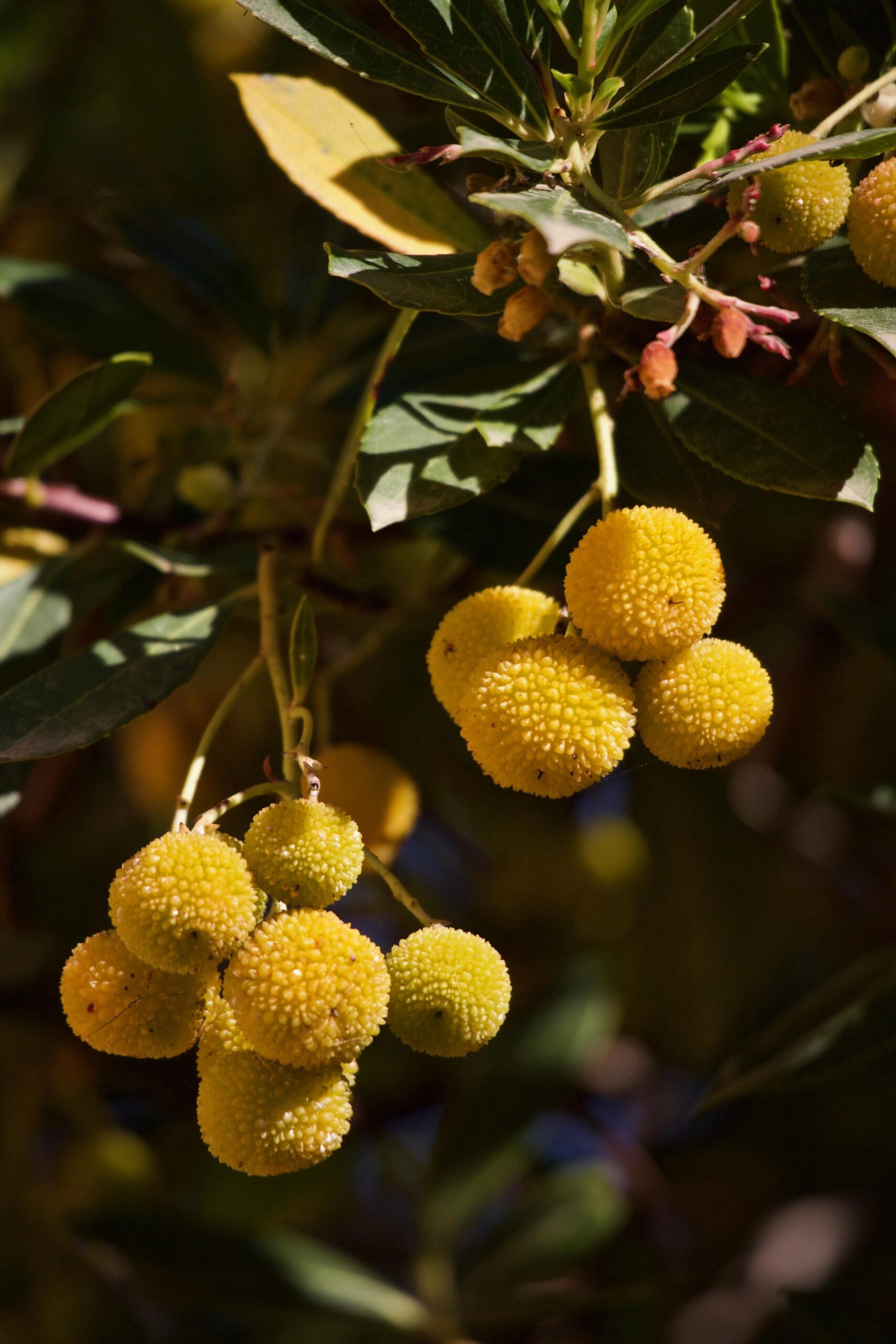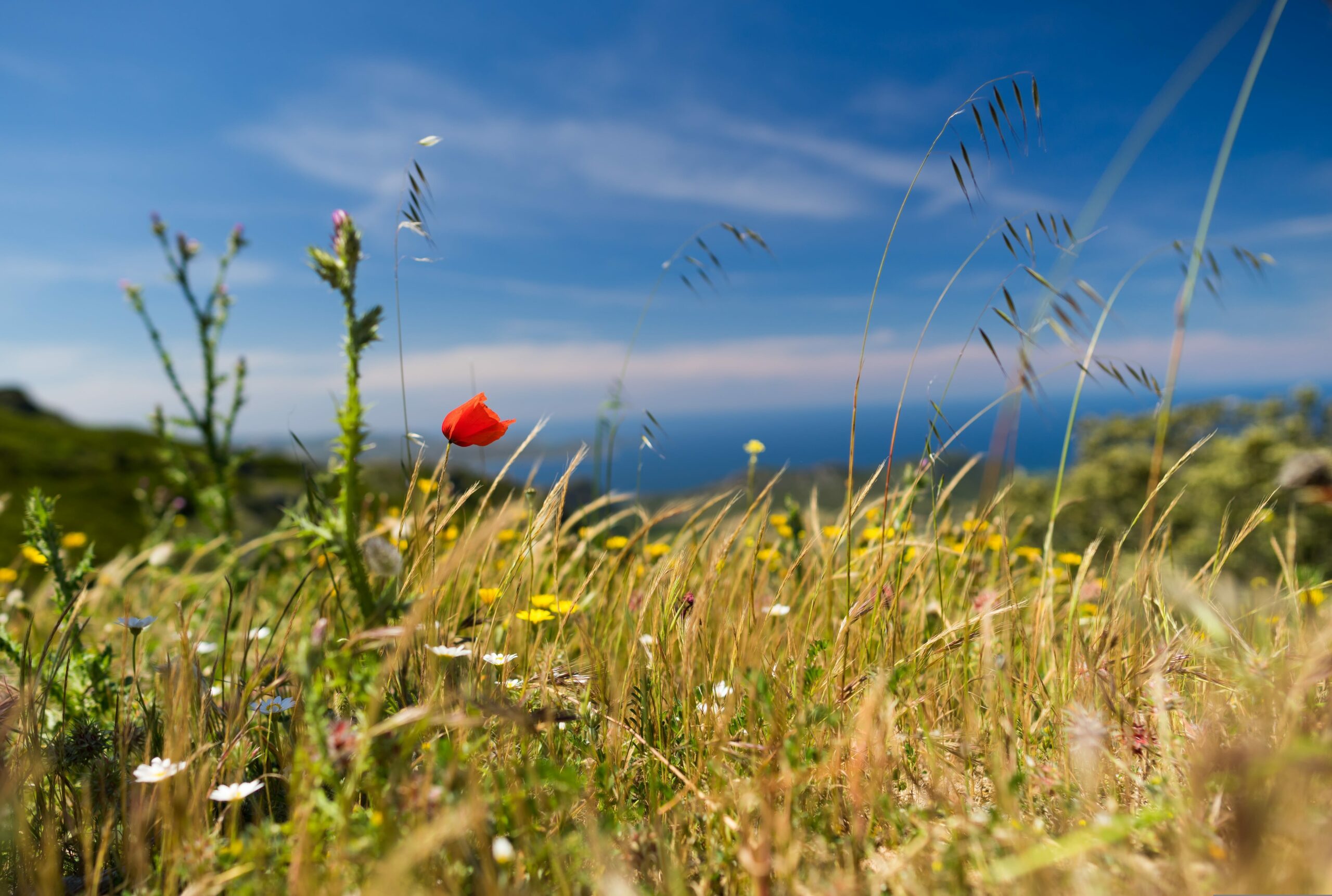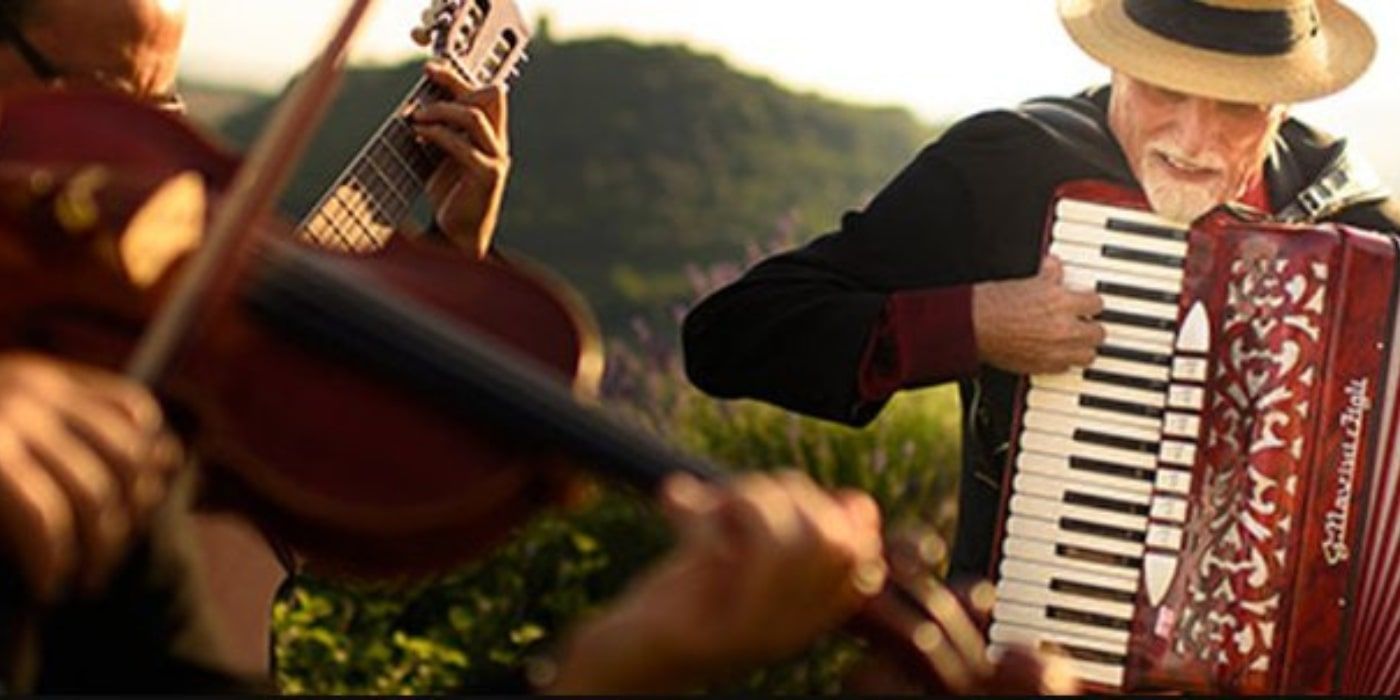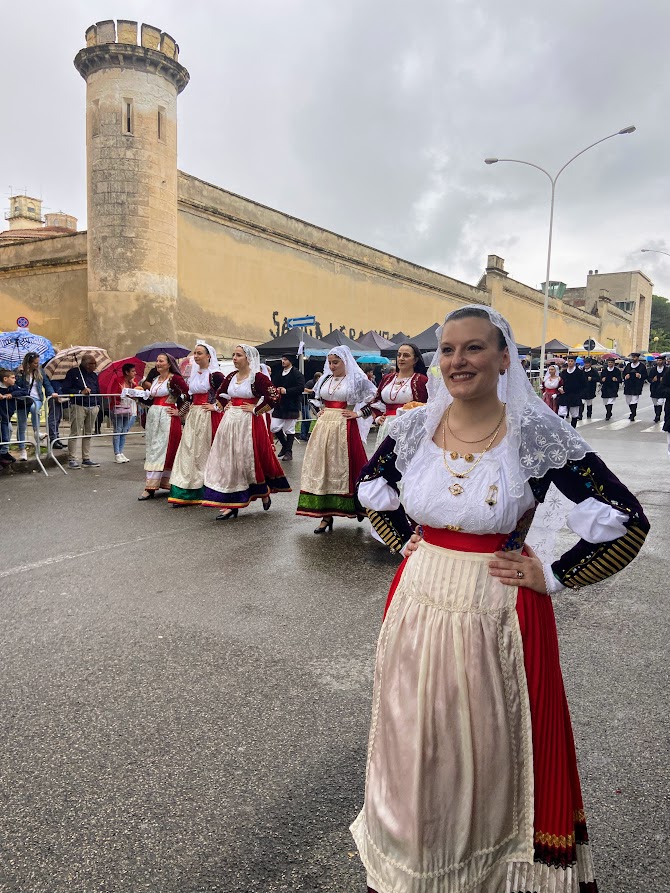
Popular medicine
In the Sardinian pastoral reality, “conventional” medicine with medicaments and doctors was not so widespread some time ago. Rather, it was reserved for very few people due to the often high and unsustainable costs for the agricultural and pastoralist communities at the time. However, economic reasons were not the only ones for the limited distribution of medicines that we all use on a daily basis. In fact, there were also geographical reasons, such as the distance from the centers where the doctor was and the relatively long, impractical connection between these individual centers. However, all these reasons ended mainly with the end of the Second World War, when the pastoral society was displaced by the expansion of services, industry and large urban agglomerations. Modern medicine though, has not completely replaced folk medicine in Sardinia. In fact, this heritage is protected within the families themselves, mainly by women who pass down the healing traditions from mother to daughter. It is often the legacy of older women who, with a simple look and deep listening to the soul and body “su sentido”, were able to cure major disorders with the combination of herbs and wise gestures. Spirit and universal voices guided the healer’s mind and hand during the ceremonies. The women used the wide knowledge of their culture to heal, from gathering and preparing medicinal herbs to reciting the “is brebus”, an ancient folk culture prayer known only to healers and whispered in a low voice. Women were asked for help in the case of “ogu pigau”, representing evil forces (bewitchment or curse), but also for the treatment of the most common diseases. Currently, there are believed to be around a thousand healers still active on the island, known especially within their own communities in which they operate and who recognize them with respect. Sardinia, with its lush Mediterranean vegetation, offers many treasures for health and beauty. Precious elements can be found in the leaves, flowers and roots of some typical Sardinian plants such as: IL MIRTO – THE MYRTLE – IL MIRTO – MYRTA – the plant, known and used since ancient times, is aromatic not only for its sweet-smelling flowers, but also for its stem and glossy dark green leaves, imbued with a spicy fragrance. Myrtle has been used for ornamental, culinary, cosmetic and even therapeutic purposes since the Middle Ages. Its essential oil je balsamic and antisepthic and the present tannins have stringent and antibacterial effects. In Sardinia, myrtle is one of the ingredients used to prepare excellent herbal teas, especially indicated for bronchial diseases. Its fresh or dried leaves and flowers are used. L´ELICRISO – HELICHRYSUM – it can be recognized by the yellow “umbrella” shaped flowers with many flower heads. It is no coincidence that the Latin name “helichrysum” means “golden sun”. It is the yellow flowers that are used to prepare decoctions, infusions and royal jelly. With its anti-inflammatory, anti-allergic and balm properties, helichrysum is recommended for sunburns and frostbite, which is why it makes part of some creams. A hydroalcoholic extract is used to treat psoriasis and eczema, and decoctions and infusions are used to treat many other skin disorders. The positive effects of its use in skin problems were noted in Italy thanks to the work of the doctor Leonardo Santini (1904-1983), who observed a significant improvement in patients suffering not only from psoriasis, but also from arthritis and arthrosis. An infusion and decoction of helichrysum flowers are also recommended to relieve coughs and have a beneficial effect on varicose veins and rheumatic pains. IL TIMO – THYME – it is really abundant in Sardinia, there are many varieties which prefer sunlight, therefore is growing so well in the island. Although different varieties have different medicinal properties, the best is the one called “serpillo”. An infusion of its leaves is an excellent digestive tonic. Infusions of thyme relieves diseases of the respiratory system, especially in case of cough. The essential oil has antiseptic characteristics and helps the joints. ROSMARINO – ROSEMARY – an evergreen shrub with a woody, twisted stem is perhaps the best-known part of Mediterranean scrub. Wild ones have a significantly higher concentration of essential oils and are richer in active substances than plants that are watered and become more lush and representative at the expense of quality. The name comes from the Latin “Ros marinus” (sea dew), perhaps because it is widespread on high ridges overlooking the sea. In the south of Sardinia, rosemary is called Rosemary or Arrosumarinu. In the north of Sardinia it is called Romazzinu and gave its name to a famous bay on the Emerald Coast. Rosemary stimulates and detoxifies the liver, thereby improves digestion: in the kitchen, it is used on roast meats, which, thanks to its stimulating effect on the production of bile, make them more digestible. However, it is also popular for other uses: an infusion of the leaves is recommended for rinsing the mouth to keep the teeth healthy and white, or for poultices for bruises, to strengthen greasy and brittle hair by washing, or as a tonic and booster for low blood pressure. Rosemary also relaxes muscles and helps with joint pain, its active ingredients are part of many bath and massage oils. IL FICO d´INDIA – PRICKLY PEAR – thanks to its ability to withstand extreme climatic conditions (heat and lack of water), it has developed important nutritional properties. Prickly pear fruits contain calcium, iron, phosphorus and also vitamins (B1, B2, PP, A, C), flowers are rich in flavonoids and have antioxidant character. Cladodium, i.e. the succulent leaf, is rich in fiber and the slime in it has a hypoglycemic effect. Prickly pear oil is rich in vitamin E and essential fatty acids. It is traditionally used to treat scars as it restores skin elasticity and tone while regenerates cells. The name “Fico d’India” is misleading because it actually comes from Mexico. White, red and yellow varieties are widespread in Italy. LENTISCHIO – LENTISCUS – an evergreen shrub with an intense resinous and aromatic scent, typical for Mediterranean scrub, widespread in Sardinia from plains to mountainous areas. A very aromatic oil is obtained from the fruits of the lentiscus, which was once used as an edible oil in the kitchen when it was not easy to get a supply of olive oil. It was customary to fry in it the carnival pancakes, zeppole, to which it added aroma. In the south of Sardinia, Lentiscus is called Moddìzzi (Moddìtsi, or also Moddìcci, depending on the dialect of the region), while in the north it is known as Lestìcanu. In ancient times, softer branches were used as antiperspirant deodorants and for excessive sweating of the feet, either directly between the toes, in socks or on the bottom of shoes: the skin darkened a little, but sweating was slowed down and unpleasant odors were also prevented. Adding an infusion of the leaves to the bath also served to reduce excessive sweating of the whole body. Lentiscus oil has healing and curing characteristics for ulcers. The remains of the squeezed fruits were used as poultices, and the tender branches, crushed and mixed with olive oil, served as an ointment for wounds. For urticaria and skin allergies, it was customary to boil the leaves together with myrtle leaves for decongestant poultices. Today, the oil is known to be rich in essential fatty acids (oleic, linoleic and linolenic acids) and its properties are currently used in body nourishing bath or massage oils that make the skin healthier and more beautiful, while nourishing and scenting it. LAVANDA – WILD LEVANDER – Another herb that thrives in Sardinia is lavender. Like rosemary, it likes to grow on poor, dry and loose, preferably acidic soils. It is a honey-bearing, essential plant. Its name in the folklore of northern Sardinia recalls the function of the insects that visit it, in fact they call it Abiòi (abi = bee), while in the south it is known as Fror’e spiga (ear flower) or aresti (wild) lavender. In some areas of Sardinia, it is customary to drink an infusion of flowers against depression and tiredness.


